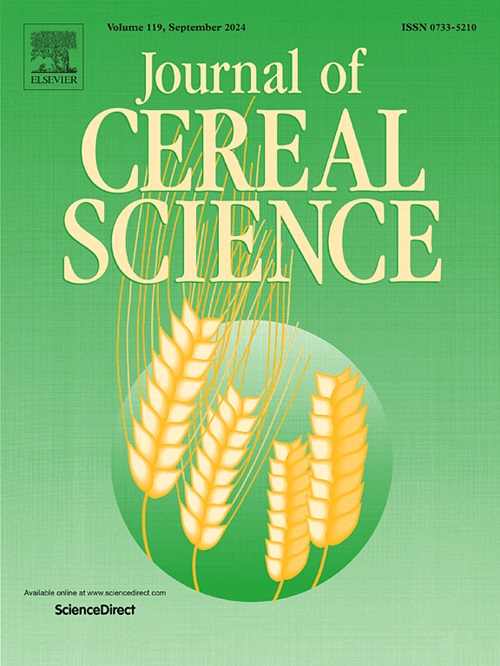Assessment of food component distribution and structure by confocal laser scanning microscopy: A review
IF 3.7
2区 农林科学
Q2 FOOD SCIENCE & TECHNOLOGY
引用次数: 0
Abstract
Structure and component distribution of food is critical for understanding their physico-mechanical, chemical, thermal, and biological properties, which have a direct impact on quality, safety, and consumer acceptability. Confocal laser scanning microscopy (CLSM) has developed as an effective method for studying structure and component distribution in bio-matrices at the micro-/nano-scales. This study detailed the working mechanism, sample preparation, advantages and disadvantages of employing this emerging technique in food sectors. Furthermore, this study investigated the use of CLSM to examine the topographical, internal structural and component distribution features of various food items (i.e., cereal, cheese, noodle, chocolate, plant-derived meat, gel, emulsion, nut, baked item, vegetable, grain, processed food, etc.) emphasizing the importance of structure and component distribution in determining overall product quality during consumption and storage. CSLM helps visualize fat globules, protein networks, starch granules, and the distribution of components and additives. By providing insights into structural changes during processing, CSLM can aids in quality control, product development, and understanding texture, stability, and shelf life of food product. CLSM image-based quantitative analysis, which reveals the subtle links between internal structure-component distribution and food quality attributes. CSLM is an essential tool for advancing food research and innovation. Further research in this area may result in the production of more improved food products.
激光共聚焦扫描显微技术评价食品成分分布和结构的研究进展
食品的结构和成分分布对于理解其物理机械、化学、热学和生物特性至关重要,这些特性对食品的质量、安全性和消费者接受度有直接影响。共聚焦激光扫描显微镜(CLSM)是一种在微/纳米尺度上研究生物基质结构和成分分布的有效方法。本研究详细介绍了这种新兴技术在食品行业的工作机制、样品制备、优缺点。此外,本研究还利用CLSM研究了各种食品(即谷物、奶酪、面条、巧克力、植物性肉类、凝胶、乳剂、坚果、烘焙食品、蔬菜、谷物、加工食品等)的地形、内部结构和成分分布特征,强调了结构和成分分布在消费和储存过程中决定整体产品质量的重要性。CSLM有助于可视化脂肪球,蛋白质网络,淀粉颗粒,组分和添加剂的分布。通过洞察加工过程中的结构变化,CSLM可以帮助质量控制,产品开发,以及了解食品的质地,稳定性和保质期。基于CLSM图像的定量分析,揭示了内部结构成分分布与食品质量属性之间的微妙联系。CSLM是推进食品研究和创新的重要工具。在这一领域的进一步研究可能会导致生产出更多的改良食品。
本文章由计算机程序翻译,如有差异,请以英文原文为准。
求助全文
约1分钟内获得全文
求助全文
来源期刊

Journal of Cereal Science
工程技术-食品科技
CiteScore
7.80
自引率
2.60%
发文量
163
审稿时长
38 days
期刊介绍:
The Journal of Cereal Science was established in 1983 to provide an International forum for the publication of original research papers of high standing covering all aspects of cereal science related to the functional and nutritional quality of cereal grains (true cereals - members of the Poaceae family and starchy pseudocereals - members of the Amaranthaceae, Chenopodiaceae and Polygonaceae families) and their products, in relation to the cereals used. The journal also publishes concise and critical review articles appraising the status and future directions of specific areas of cereal science and short communications that present news of important advances in research. The journal aims at topicality and at providing comprehensive coverage of progress in the field.
 求助内容:
求助内容: 应助结果提醒方式:
应助结果提醒方式:


